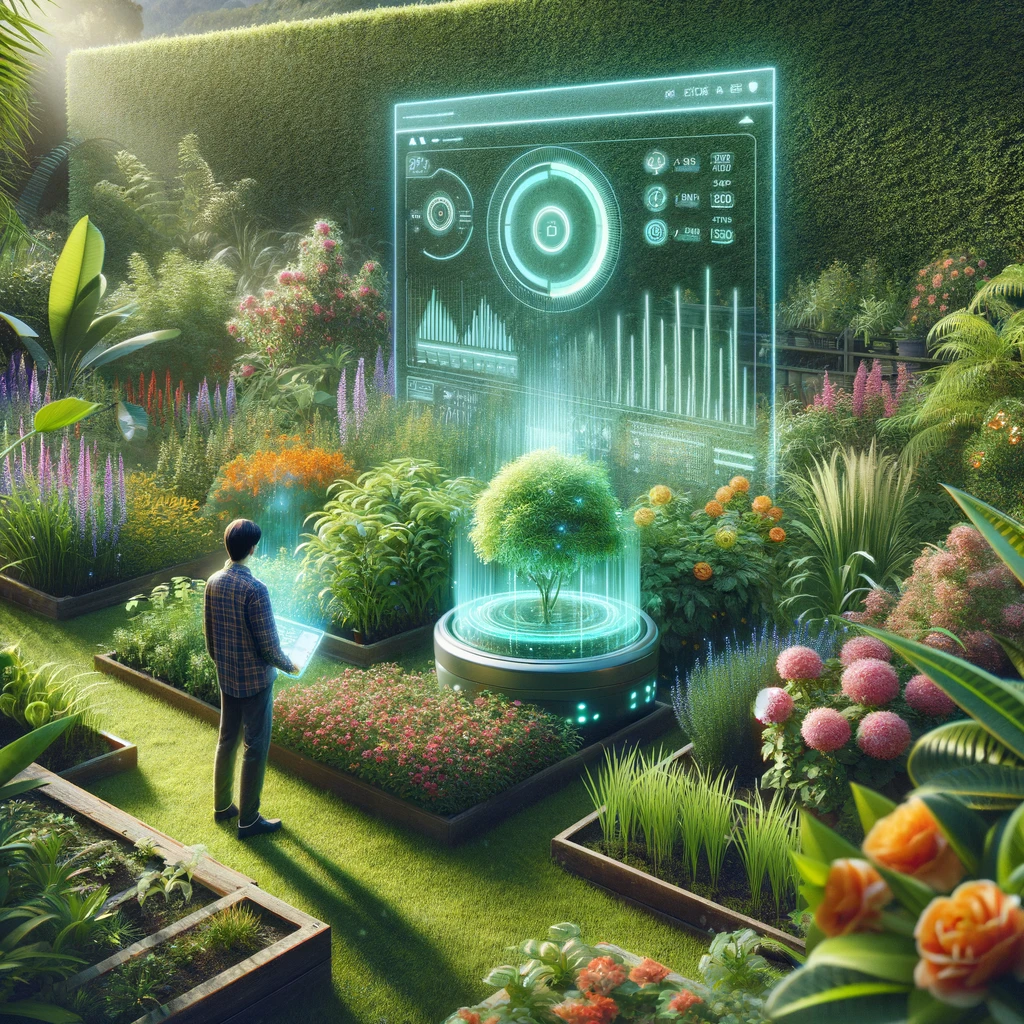Through the Lens of AI: Deciphering Tree Histories for a Greener Tomorrow
By: ChatGPT 4
Originally Generated: November 5, 2023
Seeing the Wood for the Trees: AI Vision and Arboreal Insights
Artificial intelligence (AI) vision is setting a new benchmark in our understanding of forests. By identifying tree species, assessing health, and analyzing tree rings, AI can unlock historical data on a macro scale, painting a broader picture of a region’s ecological past.
AI Vision: Identifying Trees and Leaves
The AI’s ability to recognize and categorize tree species through leaf patterns significantly advances our botanical knowledge and helps in biodiversity mapping.

Species Categorization
- Leaf Pattern Recognition: Distinguishing species through unique leaf shapes, sizes, and patterns.
- Seasonal Variation Analysis: Monitoring changes in foliage to track health and growth patterns.
AI and Tree Health: A Digital Diagnosis
AI vision systems can analyze imagery to detect signs of disease, pest infestation, or environmental stress in trees, enabling preemptive conservation efforts.
Health Indicators
- Color Variations: Spotting unusual color changes that may indicate disease.
- Texture Analysis: Detecting anomalies in bark and leaf textures.
Dendrochronology Redefined: AI and Tree Rings
By analyzing tree rings, AI can construct a detailed climate and ecological history of a region, revealing patterns of rainfall, temperature, and even catastrophic events.

Historical Data Extraction
- Ring Pattern Recognition: Interpreting the size and density of rings to deduce historical climate conditions.
- Cross-Referencing Data: Compiling information from numerous trees to corroborate historical events.
Synthesizing Data for Environmental Narratives
Leveraging vast datasets from tree analysis, AI can generate comprehensive environmental narratives, offering insights into past events like forest fires, droughts, or disease outbreaks.
Regional Histories
- Ecosystem Mapping: Creating detailed maps of past ecosystems, aiding in understanding species migration and habitat changes.
- Climate Event Timeline: Establishing timelines of historical climate events for long-term ecological studies.
Conservation and Climate Change: AI to the Rescue
AI’s predictive capabilities, based on historical data, can inform conservation strategies, helping to preserve biodiversity and manage forests more sustainably in the face of climate change.
Conservation Applications
- Biodiversity Monitoring: Tracking species diversity and health over large areas.
- Climate Impact Predictions: Modeling future changes to assist in planning conservation efforts.
Commercial and Residential Applications
The commercial sector can use AI vision for sustainable land management, while individuals might apply it in their gardens for plant health and biodiversity improvement.
Commercial and Home Use
- Agricultural Assessment: Helping farmers identify and treat plant diseases early.
- Garden Management: Providing homeowners with insights into plant care and garden ecology.

The Roots of the Future: AI in Tree Analysis
AI’s role in tree analysis represents a convergence of technology and ecology, providing us with the knowledge needed to protect and nurture the natural world. As we stand on the brink of an AI-assisted green revolution, it becomes increasingly clear that these technologies could be the key to unlocking a sustainable future for our planet’s forests.
The Evergreen Impact
The adoption of AI in studying and managing tree populations holds immense potential. It could revolutionize our approach to conservation, enhance commercial forestry practices, and even enable everyday gardeners to contribute to the health of their local ecosystems. The future of forestry is rooted in AI, and the seeds we plant today will determine the sustainability of our global canopy.